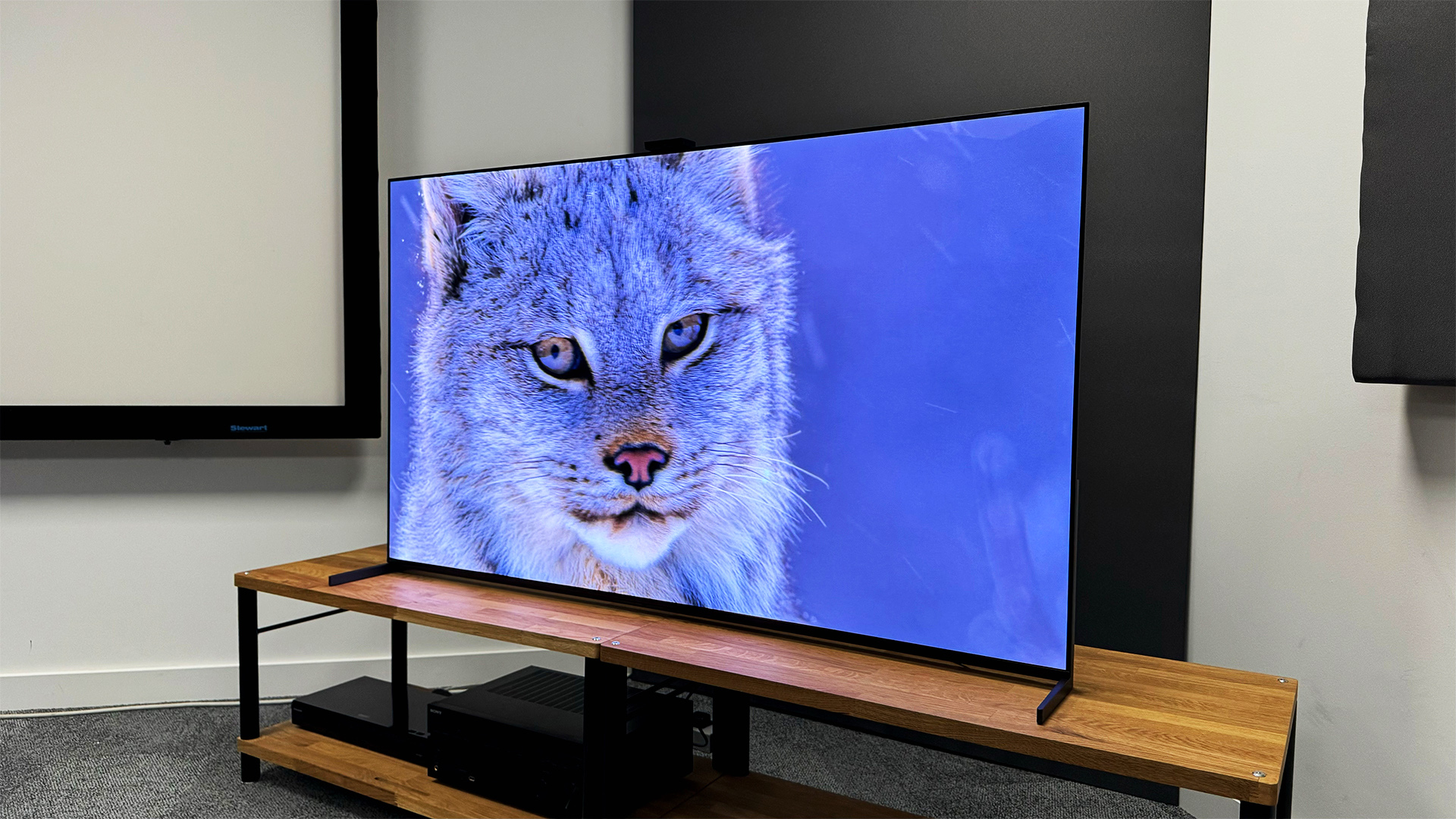
4K HDR has become the norm for practically all modern high-end TVs, however, one HDR format in particular has quickly become our favourite. Dolby Vision is an excellent picture enhancement feature that improves everything from contrast to colours, and it's not just us who shares this sentiment.
Most of the streaming services including Netflix, Disney Plus, Apple TV+ and Paramount Plus all rely heavily on the HDR format, while Amazon Prime Video seems to opt for its rival, HDR10+, in much more of its content. That being said, you can still find some Prime Video content in Dolby Vision, such as Lord of the Rings: The Rings of Power.
Dolby Vision gaming is also becoming increasingly popular, with the Xbox Series X and Series S supporting the format, bringing these picture-quality upgrades to some of our favourite Xbox games such as Forza Horizon 5 and Cyberpunk 2077.
However, you'll need a TV that supports Dolby Vision in order to take advantage of the HDR format. The good news is that you basically have the pick of the litter here, as practically all TV manufacturers support it including LG, Sony, Panasonic, Philips, TCL and Hisense. Notice anything missing? That's because Samsung instead insists that HDR10+ is superior and opts for it instead of Dolby Vision; something that continues to frustrate us.
Instead, you'll find a selection of TVs here from manufacturers that do support the format, with each of these five-star TVs being thoroughly tested by our team of expert reviewers.
- Test your picture and sound with the best movies to watch in Dolby Vision
- Our guide to the best TVs for every budget
How to choose the best TV for you
There's a huge amount to consider when choosing a new TV, but the biggest things are the money and space that you have available.
Size really does matter with TVs. Are you looking for a cinema-like experience in your lounge? Then you need to get the biggest TV you can afford. If your budget is limited, it might even be worth sacrificing a little bit of picture quality and next-gen display tech for a few extra inches of screen real estate.
Alternatively, you might have a specific size of TV in mind and an appetite for the best picture quality available. In that case, you need to prioritise the display technology.
Without a doubt, OLED has become the premium TV technology of choice, thanks to its perfect blacks, extraordinary contrast and exceptional viewing angles. QLED, which combines LED (or Mini LED) backlighting with ultra-vibrant Quantum Dots, is a strong alternative, though, largely thanks to being capable of greater brightness and punchier colours. Standard LCD TVs (often, confusingly, sold as 'LED' TVs on account of their LED backlights) are more variable in overall quality but, if you shop carefully, can offer excellent bang for your buck.
Are you planning to combine your new TV with a dedicated sound system? You probably should, because most TVs sound passable at best, even at the high-end. But if you're determined to keep things neat and rely on the in-built speakers, check our reviews to make sure that they're good – there's no point in a great picture if the accompanying sound is rubbish.
If you're a gamer, it's also worth considering the next-gen gaming features of your prospective new TV. Xbox Series X and PS5 gamers can gain a competitive advantage on certain games if their TV supports 4K 120Hz, while VRR support can result in a smoother gameplay experience. ALLM, meanwhile, simply ensures that you automatically get the best visual experience from both games and movies / TV shows. If you're a more casual gamer or not a gamer at all, you can pretty much disregard these features, and doing so will likely save you a lot of cash.
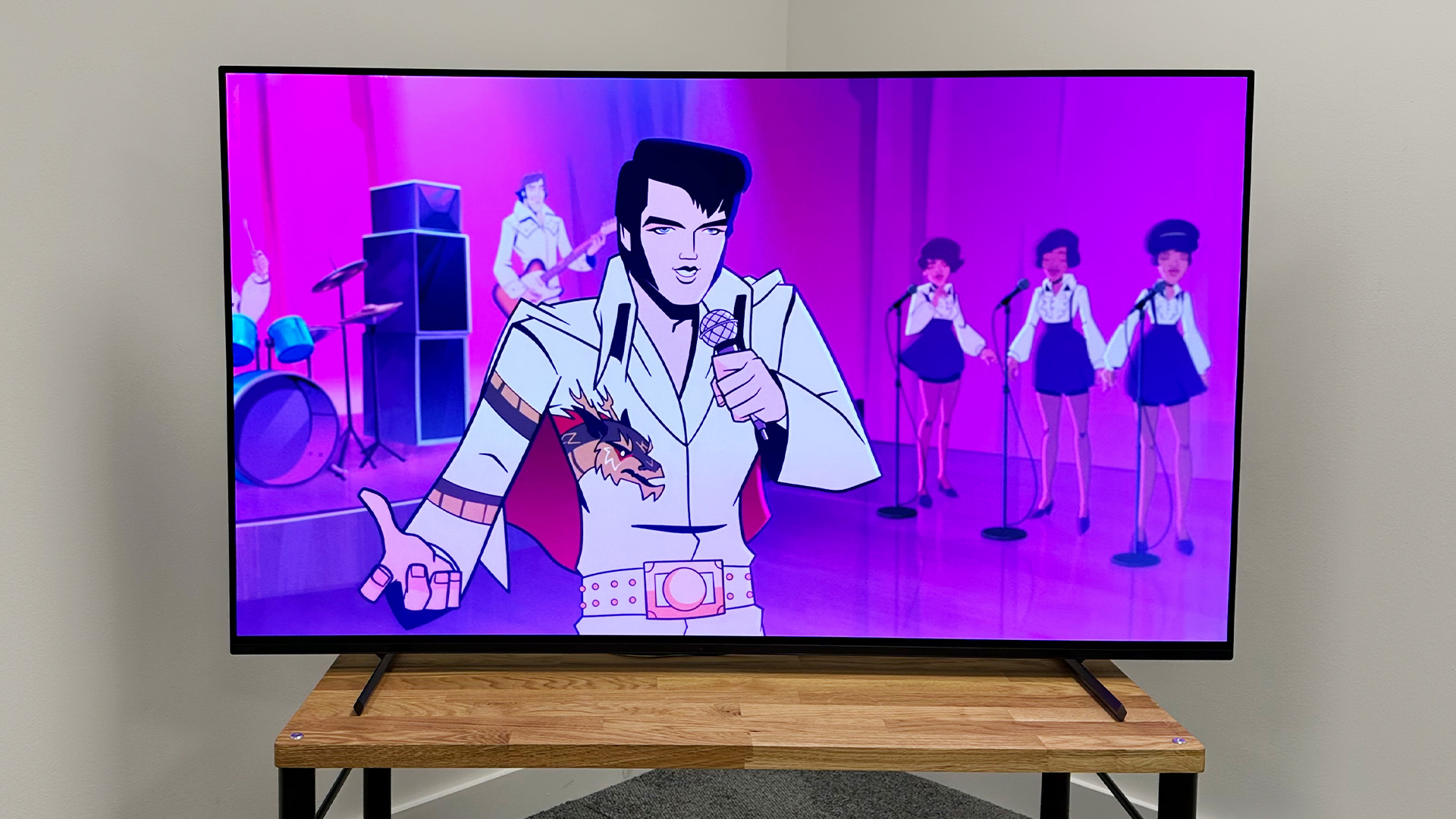
The Sony A80L is a really good TV. It’s natural that we’re all drawn to the shiny promise of the super-bright new MLA and QD-OLED panel technologies, but the A80L proves that with impeccable processing, truly exceptional picture quality is still more than possible from a ‘standard’ OLED panel.
This is a TV that combines the spectacular with cinematic subtlety in very rare fashion. It thrills, but not in a way that’s even slightly showy. And it combines that with surprisingly atmospheric and engaging sound, though we would still, as ever, recommend a dedicated sound system if you’re serious about home cinema.
Our only concern for the A80L is its price. It justifies being more expensive than other standard OLED TVs with the quality of its performance – but Sonys are typically discounted far less than their rivals, and if the gap between this model and the likes of the LG C3 expands, it might become hard to justify the extra expense.
That’s a conundrum for another time, though. Right now, the Sony A80L is an all-rounder that’s very hard to resist.
Read our full Sony A80L review
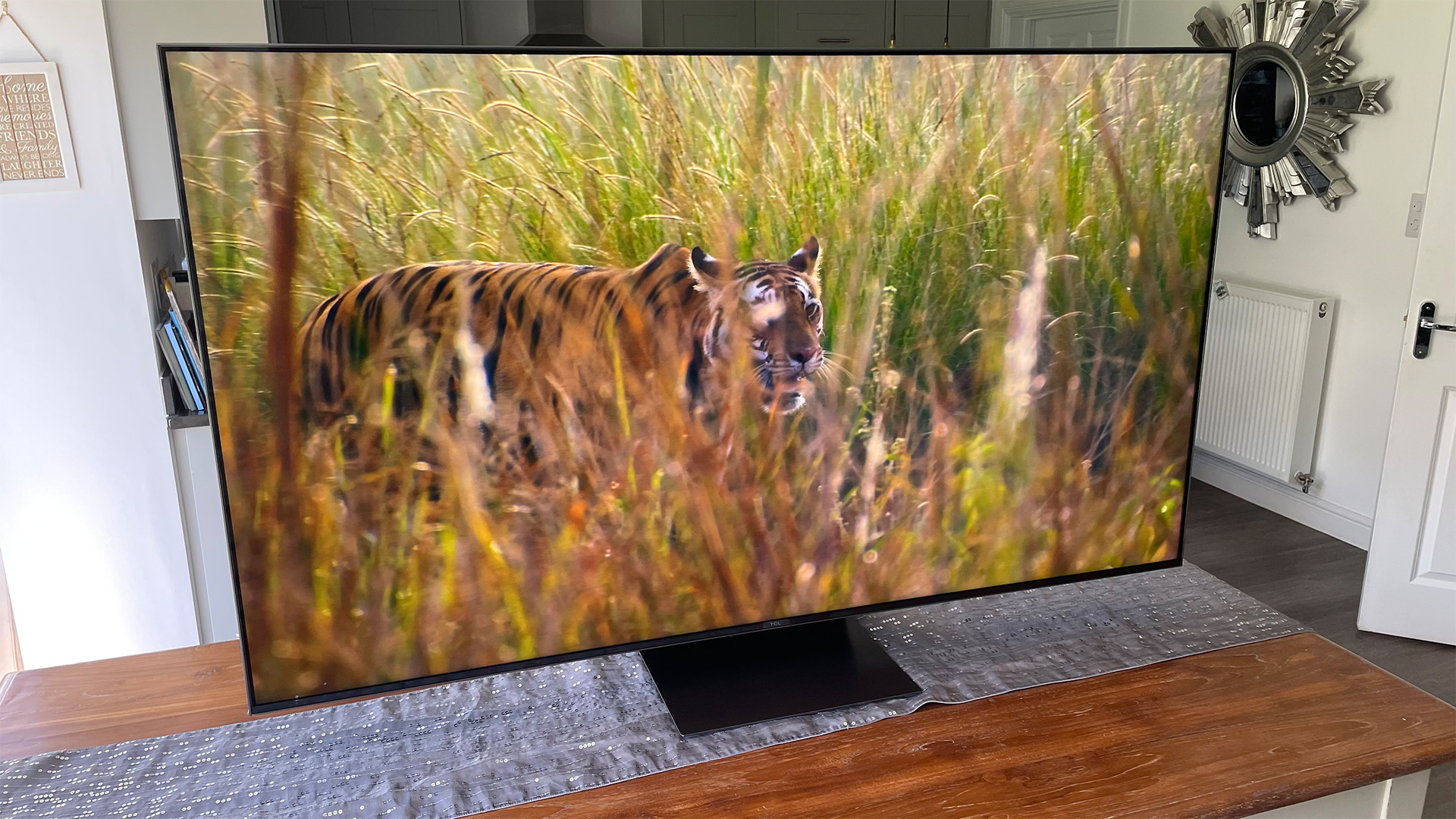
TCL has been pretty forthright in recent times about its belief that LED – especially Mini LED – is the future of TV, rather than OLED. Which is fine, of course, so long as TCL then delivers TVs that actually back that belief up.
TCL’s latest attempt to put its money where its LED mouth is is the Mini LED-toting C845K. In fact, as the brand’s flagship 65-inch TV for the UK and Europe in 2023, it should provide the best evidence yet of whether TCL is really onto something with its anti-OLED banter. No pressure then…
The 65C845K sees TCL finally bringing to Europe the combination of aggressive pricing and unexpectedly excellent performance that has made the brand so successful in the US. In fact, the 65C845K is so good for its money that it pretty much redefines the whole TV market in a single blaze of ultra-bright glory.
Read our full TCL 65C845K review
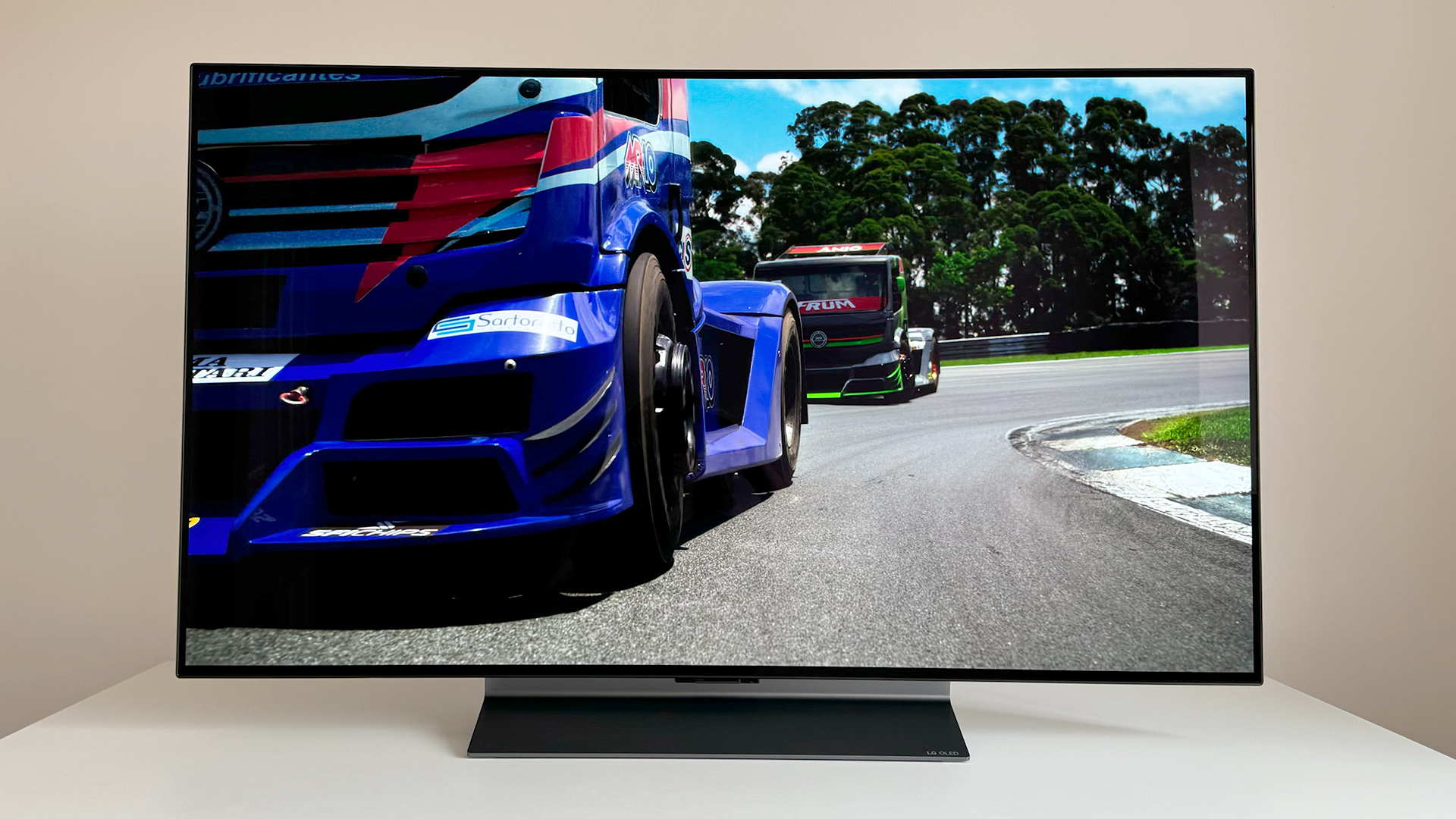
As many will already be well aware, the C3 is the latest in LG’s long-running and stonkingly popular C-series of OLED TVs. That popularity is well-earned: LG’s C-series has been a near-perfect intersection of performance, features and price for years, and not just compared with other LG OLEDs, but with TVs in general. At this stage, it’s a bit of a living legend.
That said, the C3 range hasn’t been as universally well-received as many would expect. A combination of higher prices than last year’s equivalents, a lack of meaningful upgrades and levelled-up competition led to the 65-inch C3 receiving an uncharacteristically low (by LG C-series standards) four-star rating in our review. The 42-inch C3, on the other hand, got the full five stars, not because it was a massive upgrade on the TV it replaced, but because the price increase was smaller than for the 65-inch version and because no extraordinarily good rivals had materialised.
The 48-inch C3 isn’t markedly different to the C2 it replaces, and at its launch price, that might have been a problem. However, a few months and several discounts into its life, the OLED48C3 looks like excellent value and is notably short of serious challengers.
With new 48-inch OLED TVs on the way from Panasonic and Philips, there soon could be new challengers that UK buyers should consider, but until then the C3 is quite comfortably the best 48-inch TV you can buy.
Read our full LG OLED48C3 review
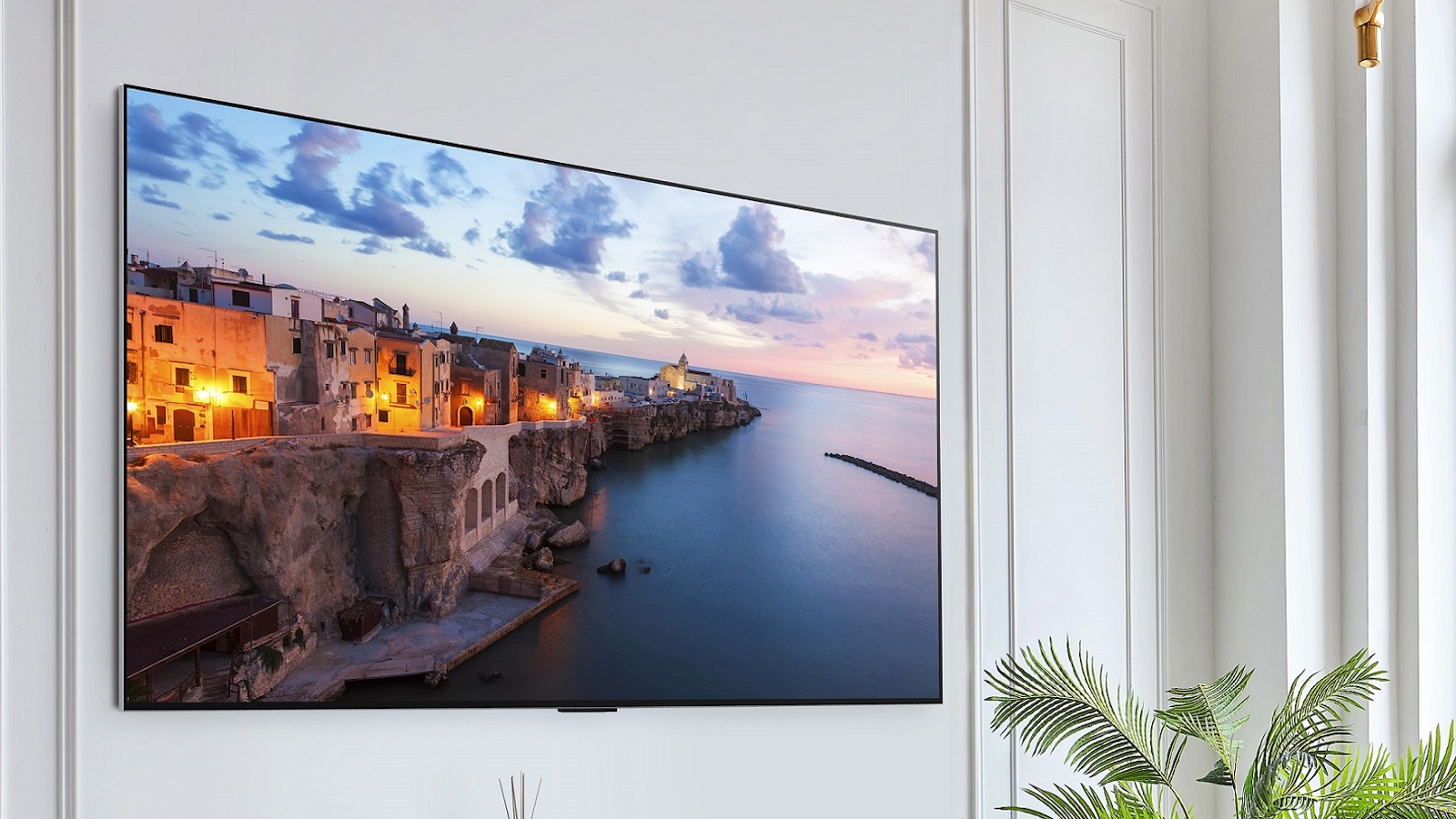
The arrival of a new G-series OLED is always cause for excitement, and the G3 is an even bigger deal than its forebears. That’s because it’s the first OLED TV that features Micro Lens Array (MLA) technology, which is said to increase brightness (long considered by some to be a weakness of OLED) to levels previously only achievable by backlit TVs.
It’s worth noting from the off that the 2000+ nit brightness figures that have been bandied around for the last few months will only be seen by those brave enough to gaze upon the G3’s garish and aggressively processed Vivid mode, but the set’s extra capabilities are still pretty plain to see in the more cinematically accurate presets.
In other words, if you pick up a G3 expecting retina-searing images, you could be disappointed. Those of us with more authentic and, dare we say it, discerning tastes, will find that the G3 is very much like the G2, only even better. Although there are a couple of caveats…
We tend not to kick TVs for not sounding great because, to be frank, almost no TVs sound great. That’s why we recommend adding at least a soundbar to almost every TV we test, and if you do that, how the TV itself sounds doesn’t really matter. Also, while the G3 sounds dull, it doesn’t sound bad, per se, which is why its poor score here doesn’t impact the overall star rating (though it’s absolutely something you should take into consideration if you’re determined to rely on the built-in speakers).
What matters more is the feature set, which is more or less flawless in the case of the G3, and the picture quality which, some low-light paleness aside, is superb. Brighter, more vibrant in most light, more insightful and overall more exciting and impactful, this is one of last year’s very best TVs made better.
Has it done enough to get a recommendation over the non-MLA C3? And will the other MLA and QD-OLED sets that are on the way turn out to be even better? Until we get those TVs in for full testing, we can’t possibly know, but the G3 has certainly set a high benchmark for them to beat.
Read our full LG G3 OLED TV review
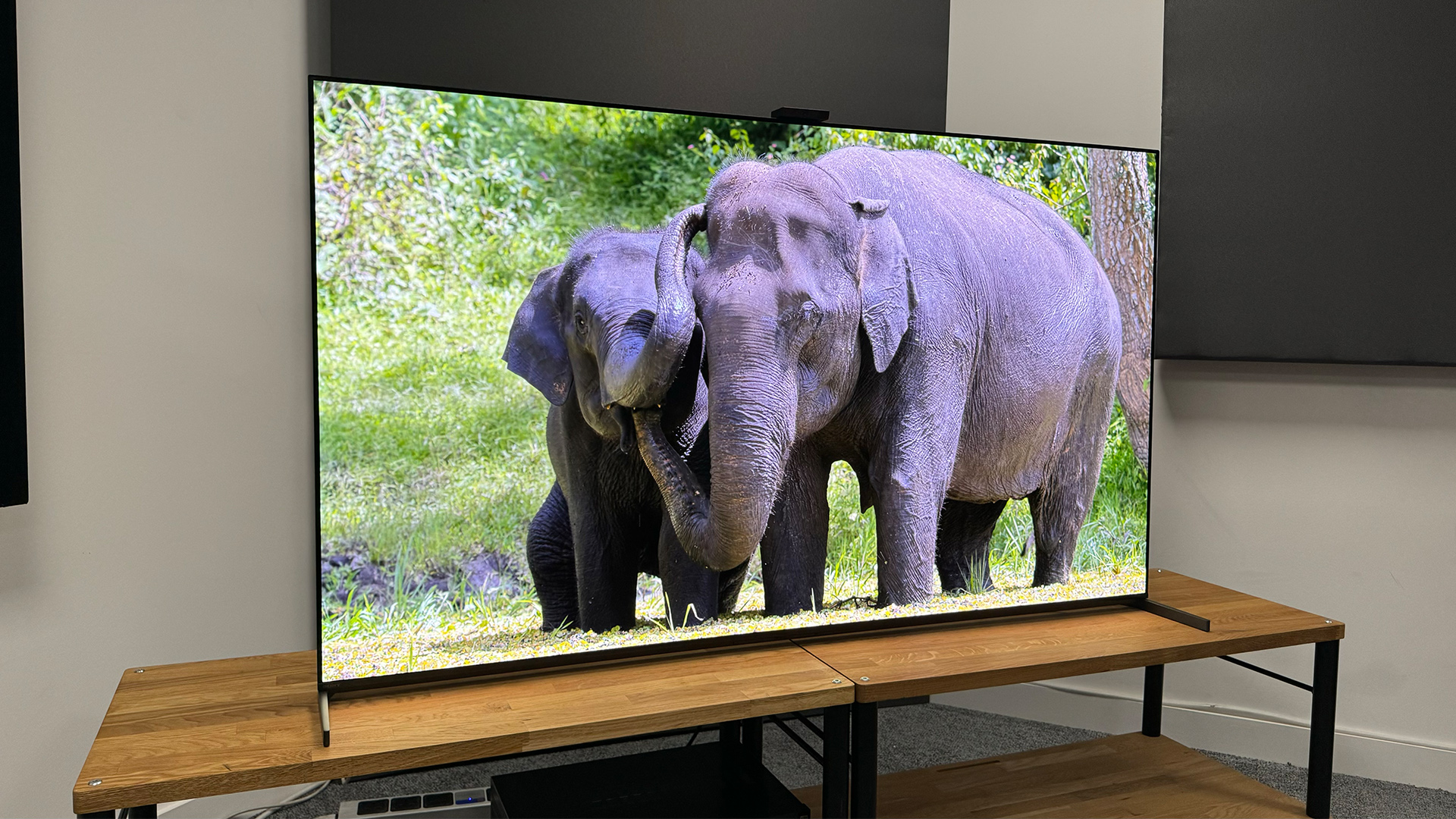
Sony had huge shoes to fill when it announced the successor to the A95K, a stunning QD-OLED TV in its own right. Does the A95L come close to the performance of that flagship TV? You'll be glad to know it actually exceeds the performance of the 2022 model to become a very special TV indeed.
It's a tour de force in TV terms, with a crisp, bold and remarkably authentic, making for a stunningly realistic picture. It's also stellar when it comes to contrast, with the ability to produce vivid highlights of light pouring in from windows. That reinforces the tangible three-dimensional depth that this TV is capable of too. It, of course, supports the Dolby Vision HDR format, as well as HDR10 and HLG.
It also sounds rather good by TV standards, with its actuator-based sound system that delivers crisp, direct and spacious sound. You can hook up an AVR or soundbar over HDMI eARC too if you'd prefer to take advantage of the Dolby Atmos support on an external audio device.
Unfortunately for gamers, it only has two HDMI 2.1 sockets for 4K/120Hz gaming, but it supports VRR and ALLM nonetheless. It also runs the Google TV operating system which includes a wide range of streaming services too.
Read our full Sony XR-65A95L review
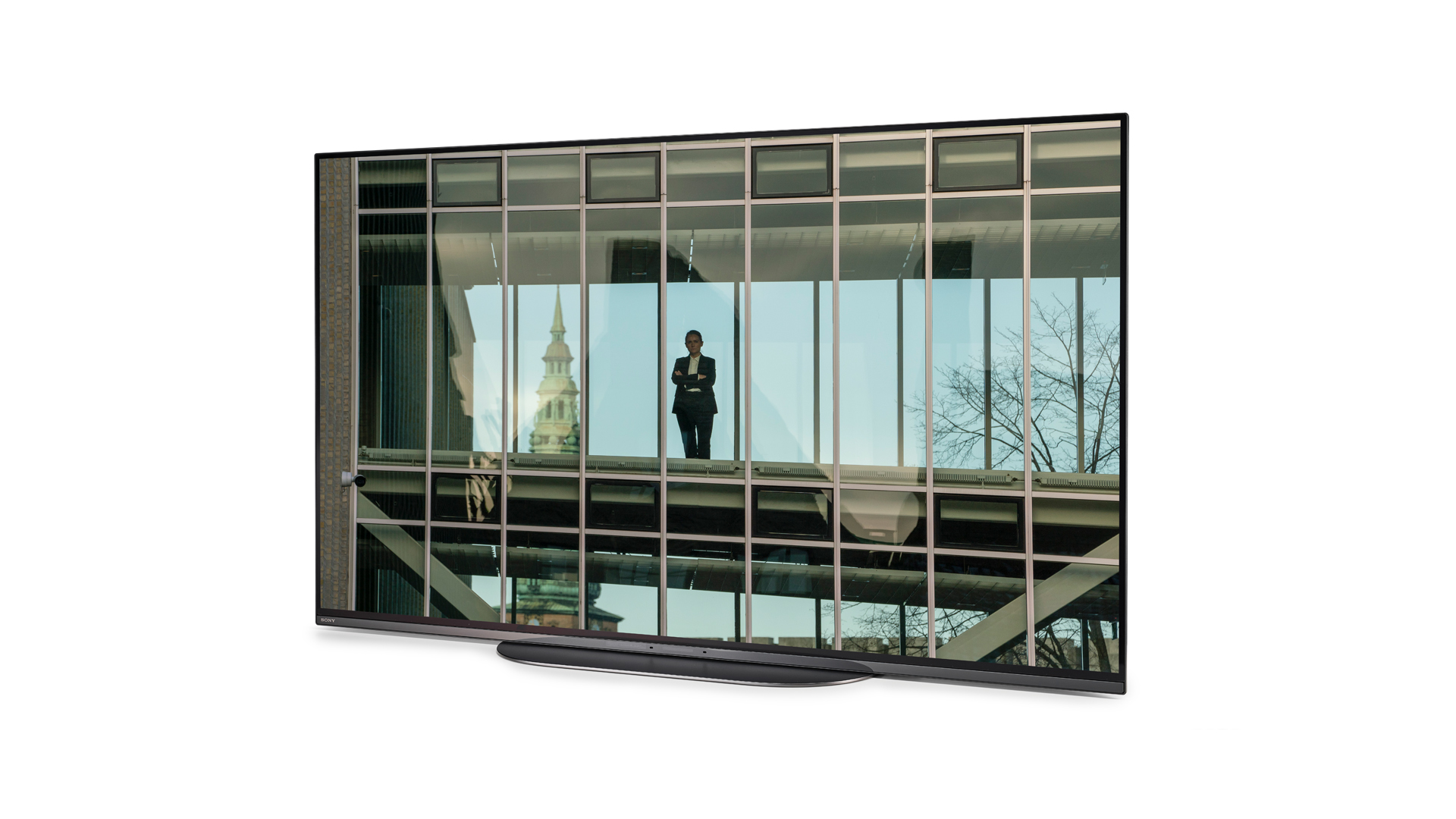
For reasons unknown, Sony didn’t launch a new 48-inch OLED TV last year. Instead, 2020’s A9 (A9S in the US) was tasked with holding the fort against increasingly large ranks of rivals for almost two years.
Thankfully, relief is finally at hand in the form of the Sony XR-48A90K – Sony’s flagship OLED for those who don’t have the space for its new A95K QD-OLED (above), which isn’t available below 55 inches.
Has the A90K been worth the wait? And does it deliver a true flagship performance? It’s a resounding yes to both questions.
The 48-inch Sony A90K OLED is a force to be reckoned with. It might not quite have the flawless gaming feature set of an LG OLED, but it’s close, and a very good gaming TV in its own right, particularly if you’re a PS5 player.
Where the A90K is almost flawless is in its picture quality. We have never before tested a TV this size that’s this good, and while we are yet to test the new 48-inch LG C2, it’s really going to have to go some to beat this Sony on pure picture quality.
Read the full Sony XR-48A90K review
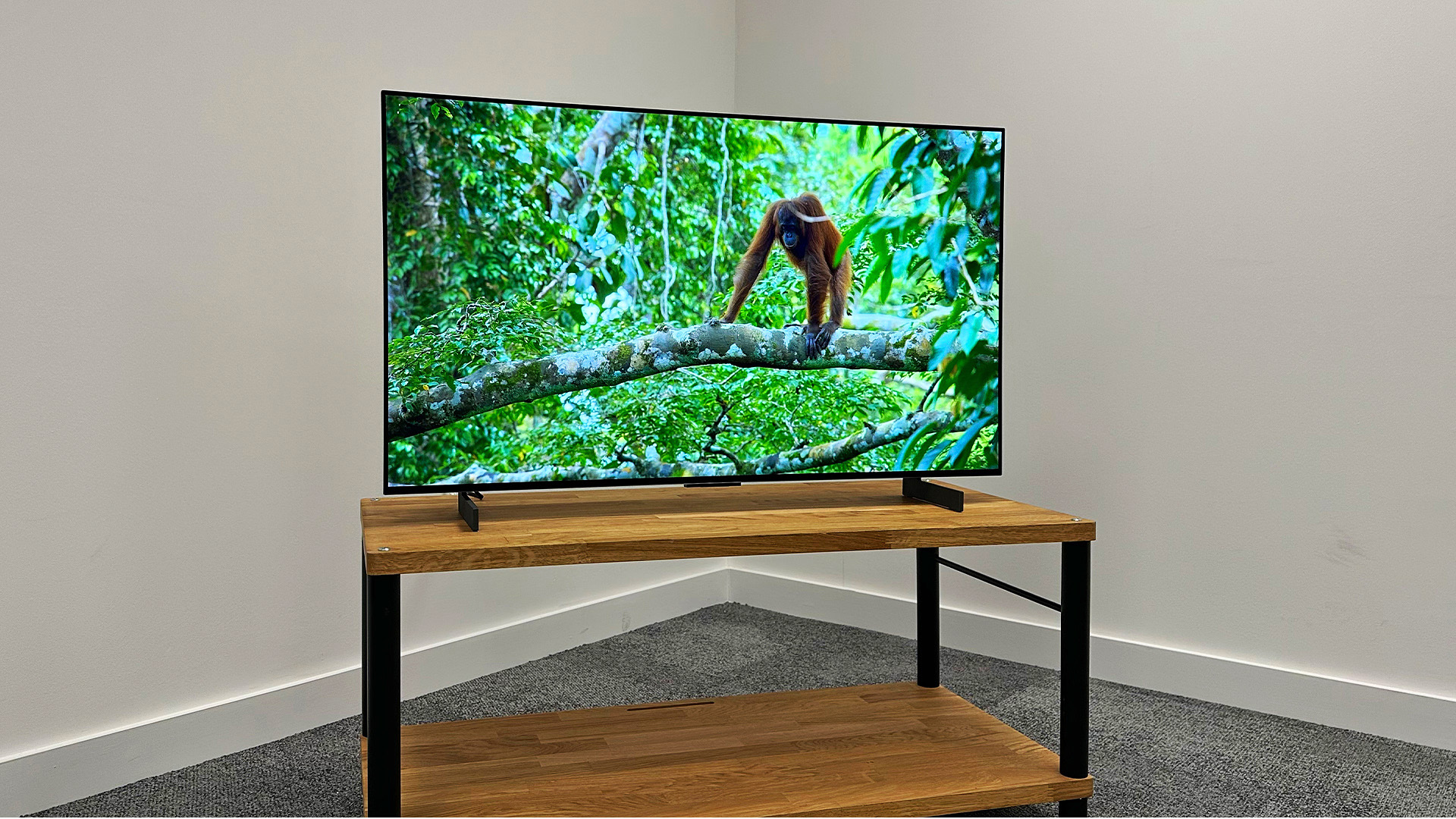
LG's small yet mighty OLED TV returns for another year to prove that good things come in small packages. The 42-inch C3 is still our favourite compact TV, and while it isn't a huge upgrade over the C2 it replaced, it's still an excellent TV in its own right.
With punchy and bold colours, crisp details and excellent contrast, the smallest TV in LG's OLED lineup is a brilliant pint-sized performer. It's not as bright as its bigger siblings in the C3 range but considering it's got the same excellent specs crammed into a much smaller body, we can forgive it.
Speaking of specs, this remains our favourite gaming TV too. With four full bandwidth HDMI 2.1 sockets, this TV supports 4K/120Hz, VRR and ALLM across all of its HDMI ports. LG's useful game bar menu is also on board, which gives serious gamers quick access to crucial information and settings toggles.
It supports the all-important Dolby Vision HDR format, as well as HDR10 and HLG. Dolby Atmos audio is also supported over HDMI eARC, and we'd certainly recommend pairing this TV with a Dolby Atmos soundbar as its speakers are certainly not a highlight.
If you're tight on space or want a desk-friendly TV for a mix of gaming and movie watching, then the 42-inch LG C3 is the TV to go for.
Read our full LG C3 OLED review
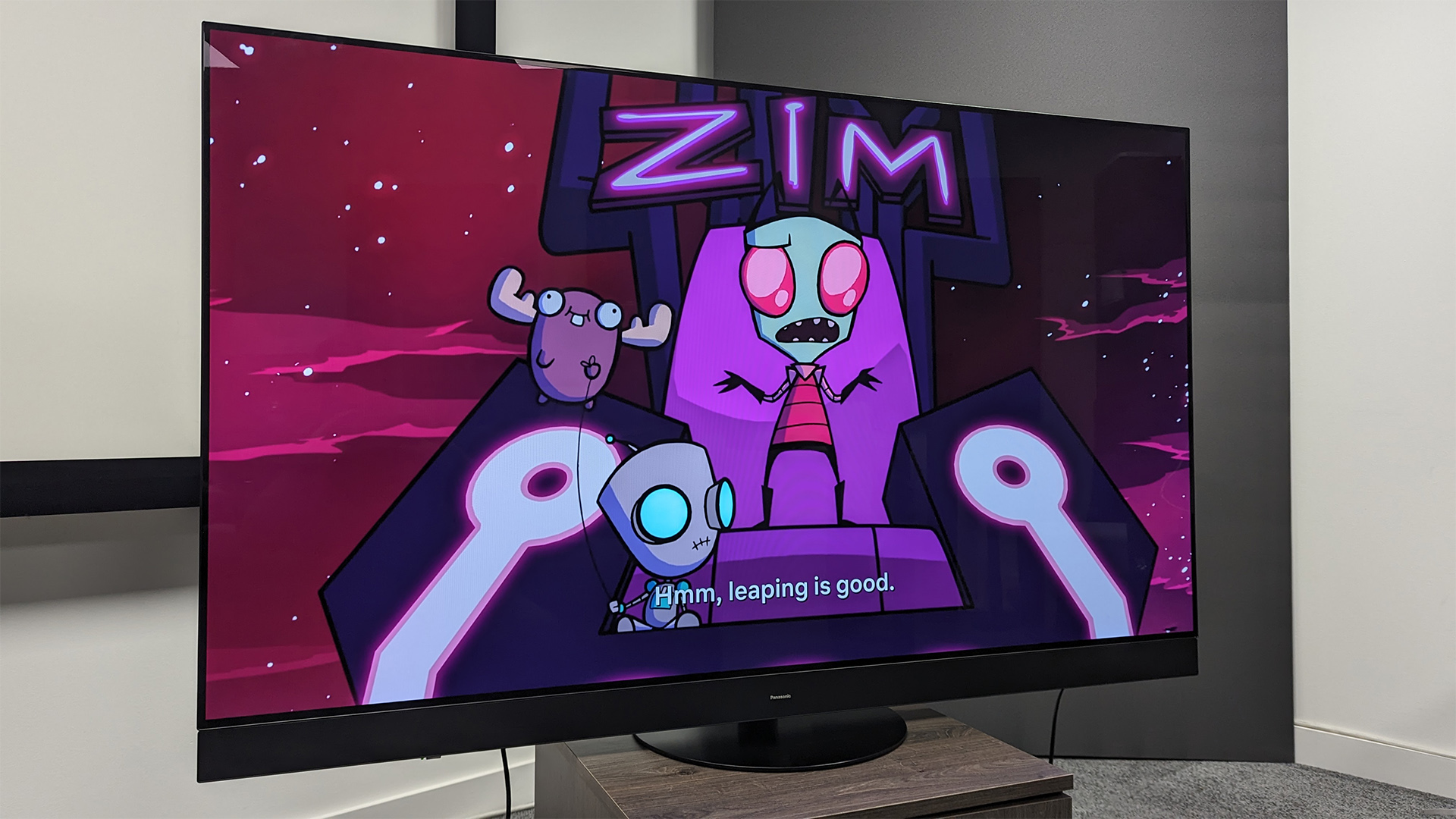
The Panasonic MZ1500 is the latest TV looking to replace the What Hi-Fi? Award-winning Sony A80L as the best OLED for most people. Featuring a solid spec sheet and offering wonderfully subtle but accurate picture quality during all our checks, it has a lot to offer and there's a strong argument that it's the best performance-per-pound model in Panasonic's new OLED range. But there are a few compromises you need to be aware of, especially regarding Panasonic’s claims about audio quality.
The step-down OLED in the company’s 2023 lineup delivers the same authentic, understated picture quality Panasonic’s become famous for in recent years. During all our checks, colours and motion all hold a wonderful authenticity that makes for a wonderful viewing experience, especially if you want to experience movies as the director intended. If you’re a cinephile who cares about authenticity and can’t afford the Sony A95L or MZ2000, then the MZ1500 is a fantastic option.
However, its focus on understated authenticity means that its picture can sometimes lack the dynamism and “wow” factor you get on some competing sets. Running it head to head with the A80L, which currently costs less, the MZ1500 can in some instances look a little flat and lack the contrast and dynamism of its rival.
For gamers, the LG C3, which costs significantly less and offers very good (but not quite as excellent) picture quality, with the added perk of improved HDMI 2.1 connectivity, is another key contender that we’d recommend over the MZ1500 at its current price.
Read our full Panasonic TX-65MZ1500B review
How we test TVs
Testing a TV is a long and complex process because a modern TV simply does so much. Not only does it need to handle a variety of content resolutions – standard-def, 1080p, 4K and sometimes 8K – and both standard dynamic range and high dynamic range (the latter in a number of formats), all of which need to be specifically tested, it also has a sound system with various advanced settings and a full smart platform. A TV is an all-in-one device in the best sense, but that also makes it a challenging review proposition.
As part of our testing process, we manually check that every major app – from Netflix to All 4, Prime Video to Spotify – is not only present but also output in the video and sound formats that it should. Just because there's a Disney+ app doesn't necessarily mean it's working in Dolby Vision and/or Dolby Atmos. In fact, in many recent cases, it hasn't been.
We also connect both a PS5 and Xbox Series X in order to establish which advanced gaming features are and aren't supported, and on which of the TV's HDMI ports. Is 4K 120Hz supported? How about VRR? Is there a Dolby Vision game mode? Is there an HGiG preset for more accurate HDR tone mapping? We check all of these things and measure input lag using a Leo Bodnar device.
We then test the TV's picture quality using a huge variety of content, from old DVDs to the latest 4K Blu-rays and plenty of streamed movies and TV shows in between. Every TV is tested against the best model at its price and size – we have a stockroom packed full of Award-winners for this very purpose.
We don't accept the out-of-the-box settings that a TV comes in either. While we intentionally don't go down the route of professional calibration (you shouldn't have to have your TV professionally calibrated in order to get the best out of it), we do spend hours adjusting settings using a mixture of test patterns and real-world content until we're sure we're getting the best out of a TV so that it has the best chance to shine.
While we almost always advise that a new TV is combined with a dedicated sound system such as a soundbar or AV amplifier, many people still prefer to stick with their flatscreen's built-in speakers, so we thoroughly test these too, using a wide variety of movie and music content and with great attention spent to the TV's many processing modes and individual settings.
We have state-of-the-art testing facilities in London, Bath and Reading, where our team of expert reviewers do all of our testing. This gives us complete control over the testing process, ensuring consistency. What's more, all review verdicts are agreed upon by the team as a whole rather than an individual reviewer, again helping to ensure consistency and avoid any personal preference.
The What Hi-Fi? team has more than 100 years experience of in reviewing, testing and writing about consumer electronics.
From all of our reviews, we choose the best products to feature in our Best Buys. That's why if you take the plunge and buy one of the products recommended below, or on any other Best Buy page, you can be assured you're getting a What Hi-Fi? approved product.
- Dolby Vision HDR: everything you need to know
- Dolby Digital vs DTS explained
- HDR10 vs Dolby Vision: which is better?







